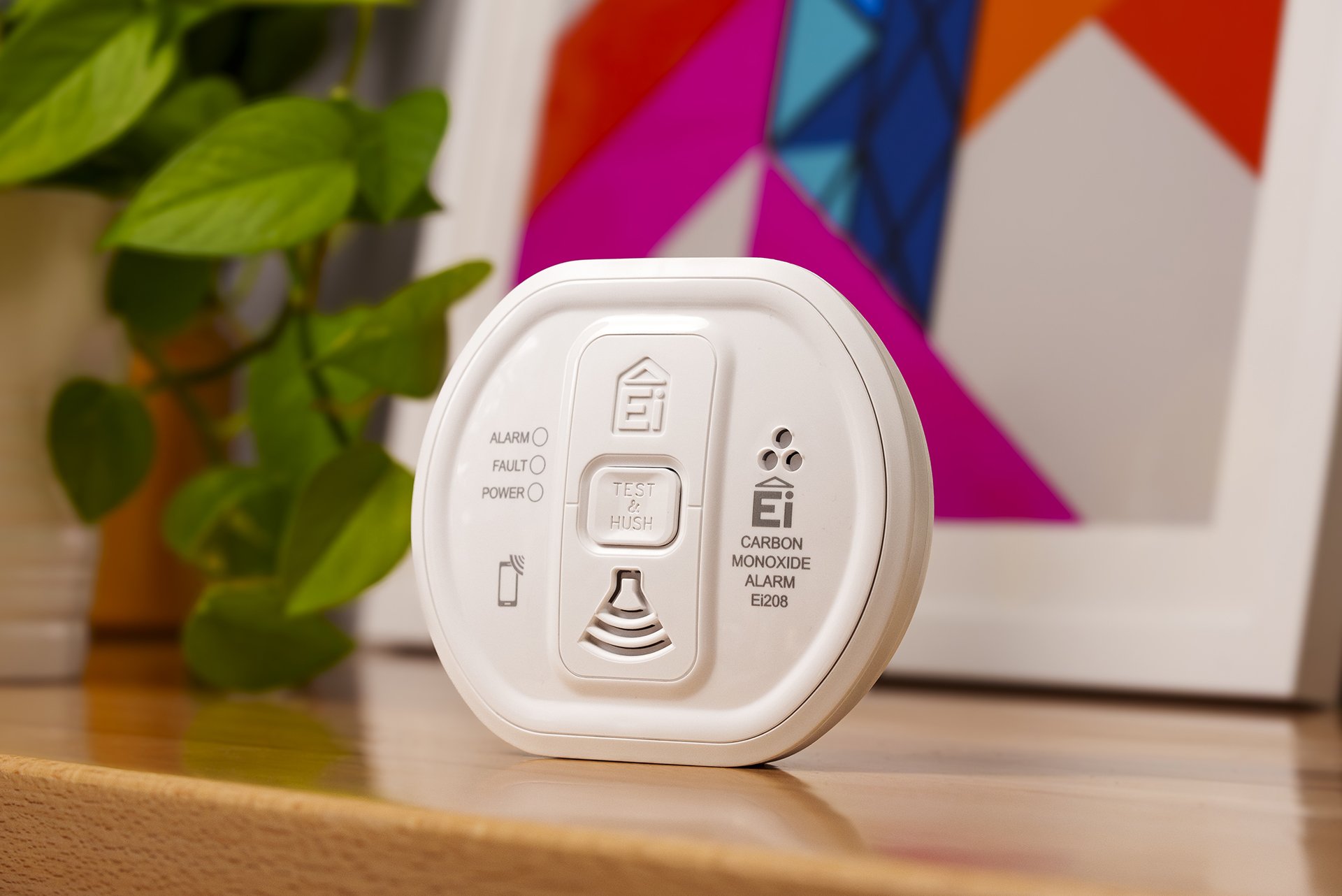About Carbon Monoxide (CO) Alarms
Now you have the knowledge of what Carbon monoxide is, it’s essential you know how to detect it.
What is a CO Alarm?
A CO alarm detects the presence of carbon monoxide (CO) gas in order to prevent fatal carbon monoxide poisoning. CO alarms have evolved to become safety critical devices, constantly monitoring to protect people from poisonous CO gas, known as the silent killer.
Certified CO alarms
Ei Electronics/AICO products are tested and approved according to stringent European Norm test standards. The sensors, which form the heart of their products, are individually calibrated in real gas or smoke. Each product is subjected to a comprehensive list of tests before leaving the factory and can be traced back to its starting point in the manufacturing process. Their goal is to produce the most reliable early warning devices of their kind.
For more information visit www.aico.co.uk ↗️
What to Look for When Buying a CO Alarm
Detecting carbon monoxide is the key to keeping you, your family, or your tenant safe.
There are many different carbon monoxide alarms available, at reasonable prices with varying features, and it can sometimes be confusing to know what you are looking for.
-
Certification
All CO alarms should be thoroughly tested and certified to British Standard EN50291 and include a kitemark.
-
Avoid uncertified alarms
There are a number of alarms out there that are not legally certified. Always look for EN50291 certification and buy from a reputable retailer.
-
Audible alarm
This ensures an alarm will sound when it detects carbon monoxide.
-
Power source
Both battery and mains powered alarms are available. If buying a battery powered alarm, get one with a sealed battery unit so the batteries cannot be removed and won’t need to be changed.
-
Digital CO display
A display can be an important feature for people with certain helath conditions.
-
Wireless data extraction
This allows for real time on-the-spot information on the alarms status and incident investigation.
WHERE TO INSTALL CARBON MONOXIDE ALARMS
In every room that contains a fuel-burning appliance:
At least 300 mm from any wall (for ceiling mounted alarms)
Between 1 and 3 m (measured horizontally) from the potential source of CO
At least 150 mm from the ceiling, above the height of any door or openable window (for wall mounted alarms)
Always refer to CO alarm manufacturer installation guidelines for more specific positioning advice.






